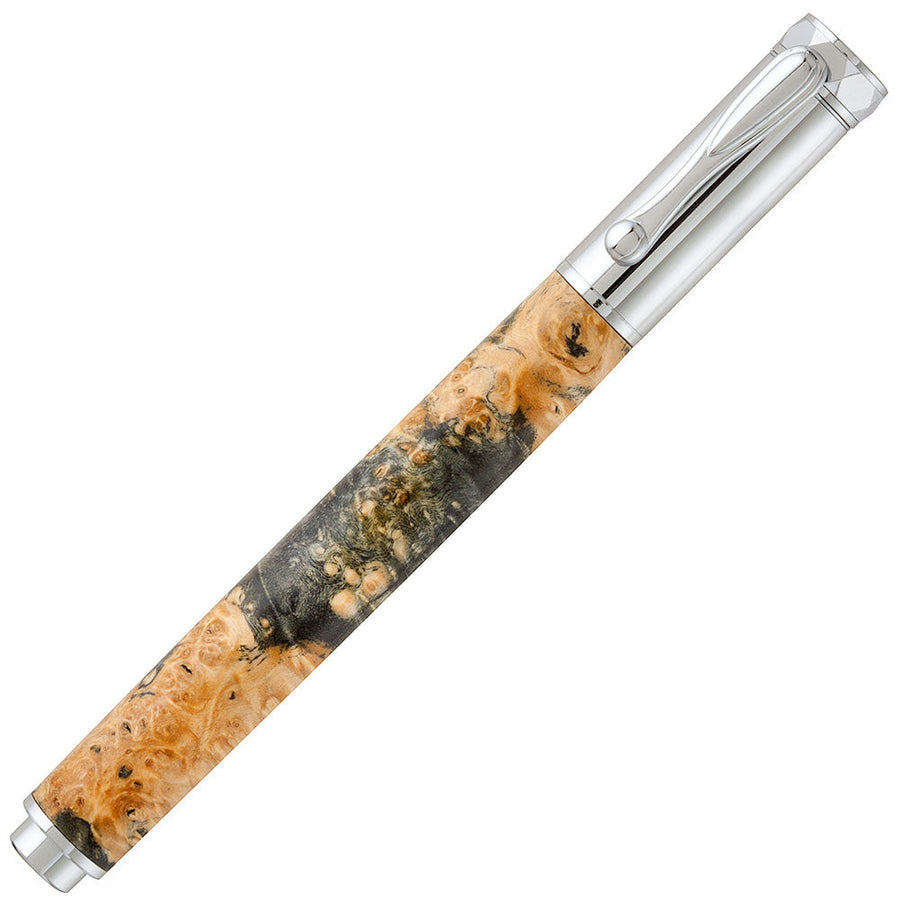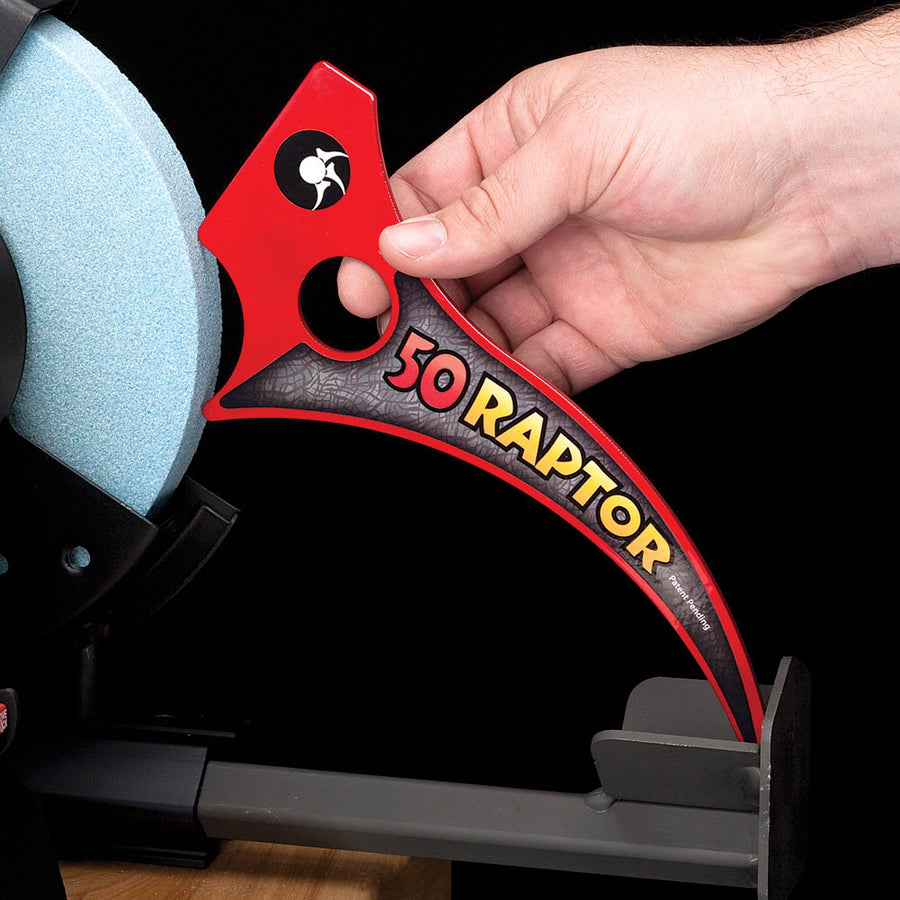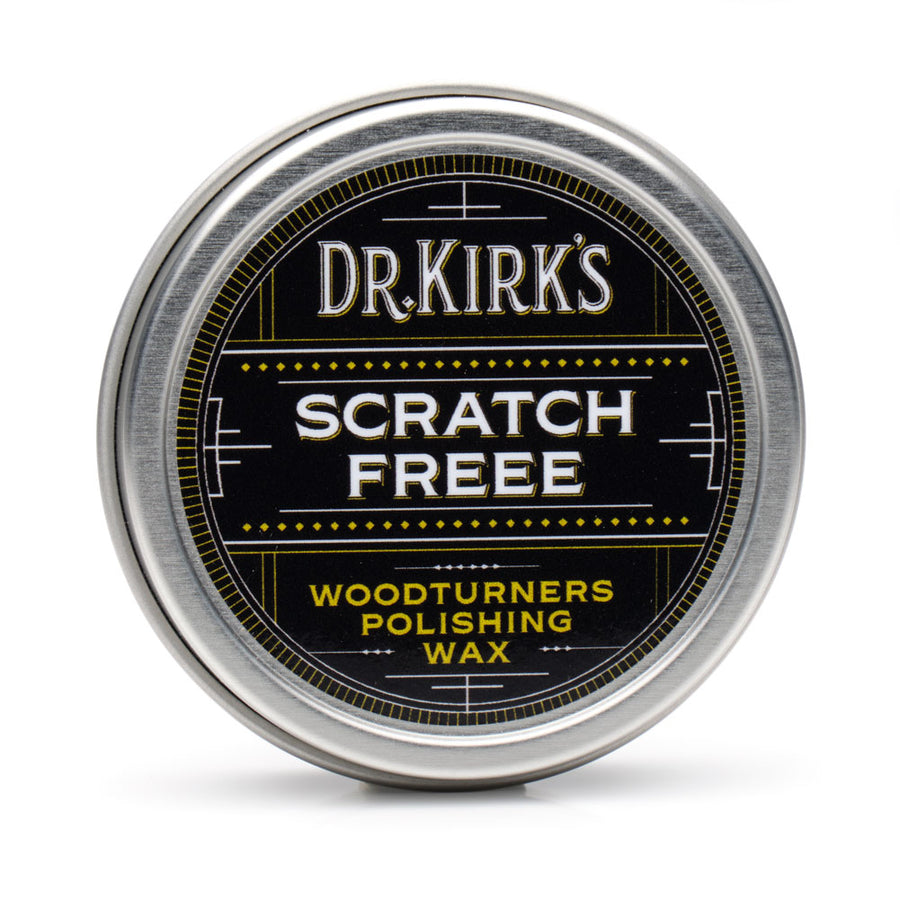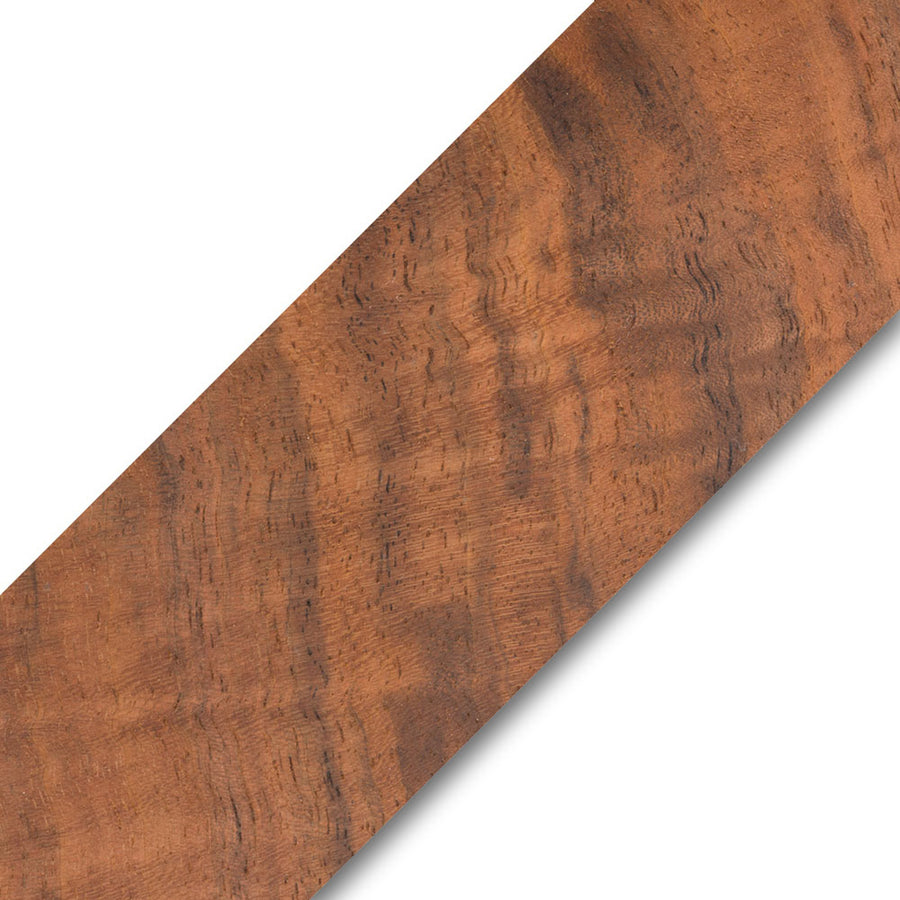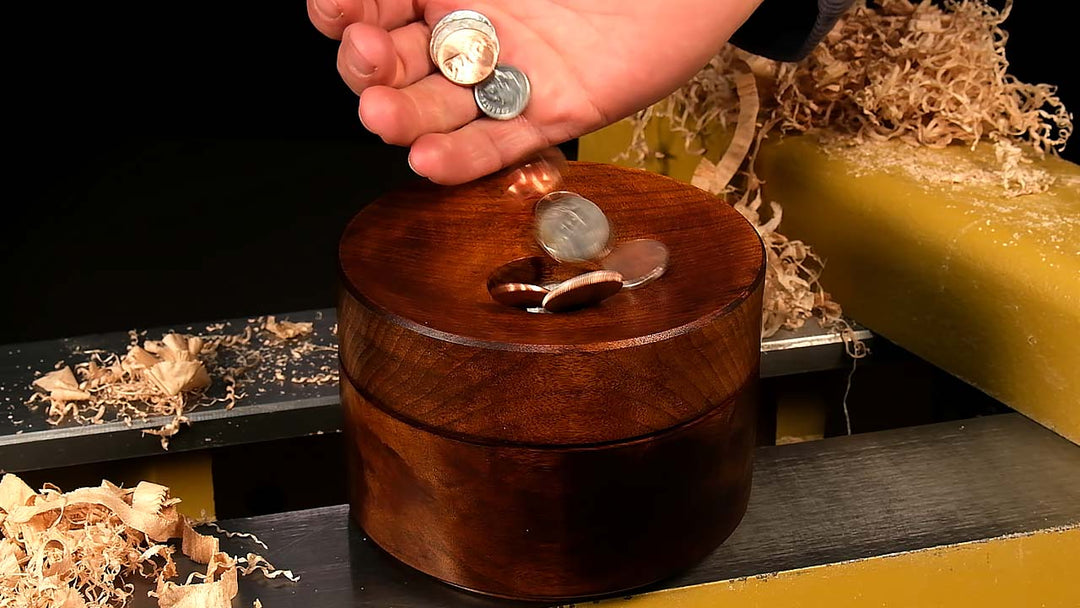Comparing Woodturning Tool Steels
Woodturning is a craft that demands a lot from its tools. In just a few minutes at the lathe, your turning tool can remove more wood than what traditional woodworking tools would see in days of use. That’s why the properties of the steel in your turning tools are so critical. But with so many options, how do you choose the right tool steel? Let’s break down the pros and cons of most common turning tool steels and find the right fit for your needs.
The Importance of Quality Steel
As Mike explains in our video (see above), not all tool steel is created equal. Woodturning tools need to withstand intense use and maintain a sharp edge for extended periods. That’s where modern high-speed steels come in. We’re fortunate to have a wide range of choices today, each with their own set of benefits. We tried to identify what we feel are the 3 most important points to consider when comparing tools steels and rated them on a scale of 1 to 5 based on our experience:
-
Edge Sharpness: How fine an edge can the steel achieve?
-
Edge Durability: How long does the edge stay sharp?
- Price: How does it fit into your budget?
Keep in mind, this is a practical comparison based on real-world experience, not a deep dive into metallurgy or features measured at a microscopic level.
The Contenders:
M2 High Speed Steel: The Industry Standard
M2 high speed steel has been the workhorse for most woodturners for decades. It offers excellent edge sharpness, producing clean cuts, and is the most affordable option. It is also very easy to sharpen. However, it requires more frequent sharpening than some other steels. M2 HSS is a great all around tool steel, and is excellent for finishing cuts.
Our Rating:
- Edge Sharpness: 4/5 (Very Good)
- Edge Durability: 3/5 (Good)
- Price: 5/5 (Most Affordable)
Cryogenically Treated M2 (Kryo M2): Enhanced Performance
Cryo M2 steel goes though a cryogenic treatment process (basically freezing the M2 high speed steel) increases the hardness and wear resistance, effectively doubling the edge life. It also allows for an even finer edge than standard M2 HSS. The extra step in the treatment process comes with added cost.
Our Rating:
- Edge Sharpness: 5/5 (Top Marks)
- Edge Durability: 4/5 (Very Good)
- Price: 3/5 (A Bit Expensive)
M4 High Speed Steel: Durable and Sharp
M4 high speed steel offers increased durability, holding an edge about twice as long as M2, with nearly as fine an edge. The availability of tools made from M4 HSS is more limited and they are more expensive.
Our Rating:
- Edge Sharpness: 4/5 (Very Good)
- Edge Durability: 4/5 (Good)
- Price: 3/5 (A Bit More Expensive)
Powdered Metallurgy (PM/CPM) Steel: For Production Turners
Ideal for roughing bowl blanks, PM steel holds an edge 5-6 times longer than M2 HSS. It’s incredibly durable but can’t be honed to as fine an edge, making it better for roughing cuts. PM steel is also one of the most expensive tool steels.
Our Rating:
- Edge Sharpness: 3/5 (Good)
- Edge Durability: 5/5 (Top Marks)
- Price: 2/5 (More Expensive)
M42 High Speed Steel: The Best of Both Worlds
M42 high speed steel is a relative newcomer that combines the edge holding durability of Powdered Metallurgy steel with the fine edge of M2 high speed steel. It has quickly become a favorite of many turners and the range of tools available continues to grow.
Our Rating:
- Edge Sharpness: 5/5 (Top Marks)
- Edge Durability: 5/5 (Top Marks)
- Price: 4/5 (Exceptional Value)
Choosing the Right Steel for You
There’s no single “best” steel. Your choice depends on your needs, budget, and turning style. Many turners will choose a tool steel for different stages of the turning process, such as using a PM tool to rough out a bowl, then switching to an M2 HSS tool to do the final cuts before sanding.
-
Budget-conscious? M2 HSS is a reliable and affordable choice.
-
Need maximum durability? Consider PM or M42 HSS steel.
- Want the finest edge? Kryo M2 HSS or M42 HSS are excellent options.
Beware of Cheap Imports
Be cautious of low-priced turning tools made from generic high-speed steel. In our experience they can vary wildly in hardness, usable tool length, and appropriately sized and fitted handles. Investing in reputable brands from trusted dealers is crucial for quality, performance, and safety.
Final Thoughts
We hope this breakdown helps you make an informed decision on your next turning tool purchase. We are in the golden age of woodturning and have a lot of options to choose from. As always, we are just a phone call away if you have any questions on choosing the best tool for your next purchase.
